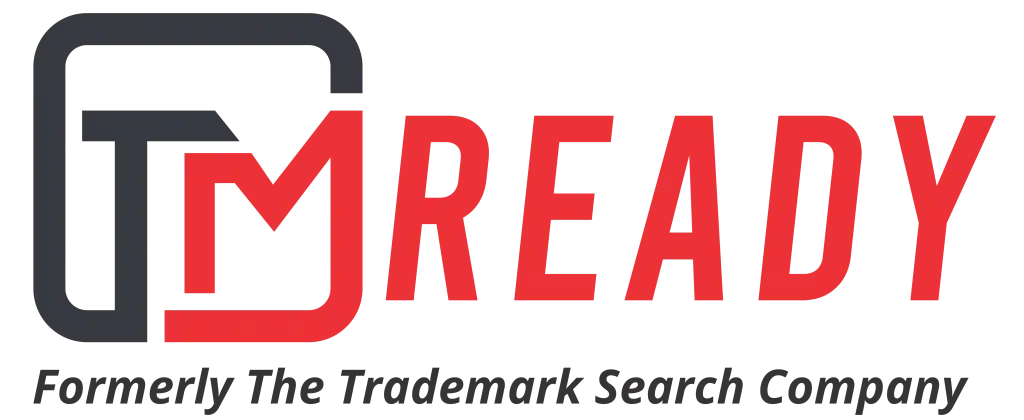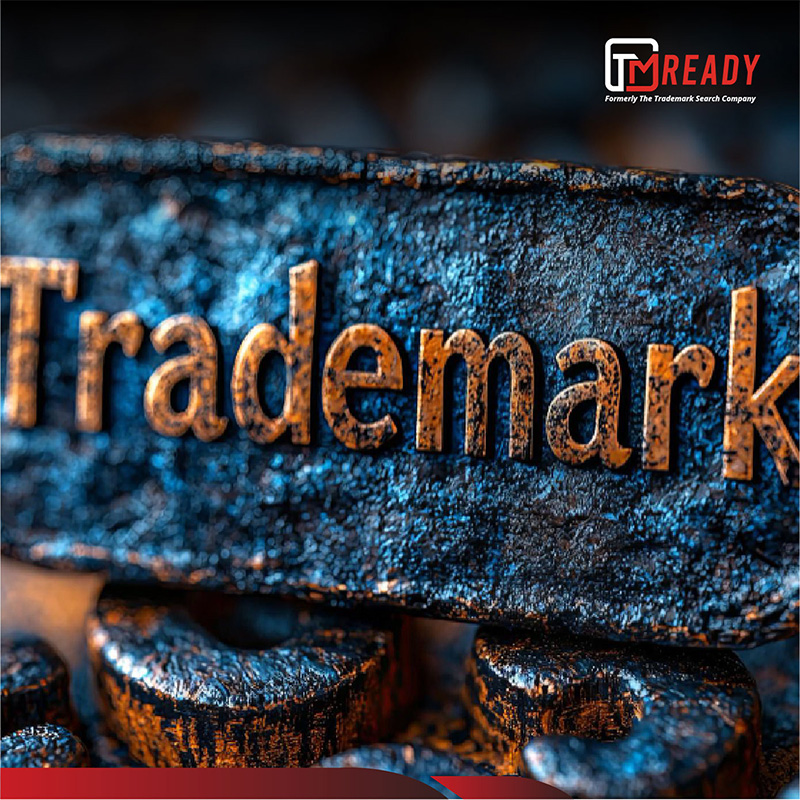If you’ve come up with a unique business or product name, the next logical step is to protect it — but one of the most common questions new entrepreneurs ask is:
“How much does it really cost to trademark a name?”
The short answer? It depends.
The cost of trademarking a name varies based on several factors — such as the country or jurisdiction, the number of classes, and whether you’re filing yourself or through an attorney or professional service.
In the United States, trademark applications are filed with the USPTO (United States Patent and Trademark Office). Let’s break down the actual costs, add-on fees, and the hidden expenses that can affect your trademark budget.
Table of Contents
ToggleUSPTO Trademark Filing Costs (Government Fees)
The USPTO offers two main filing options under it’s Trademark Electronic Application System aka TEAS:
| Application Type | USPTO Filing Fee (Per Class) | Key Features |
| TEAS Plus | $250 | Lower fee, but stricter requirements — you must choose goods/services from the USPTO’s pre-approved list and submit all documents electronically. |
| TEAS Standard | $350 | Slightly higher fee, but offers flexibility to describe your goods/services in your own words. |
If you’re filing one name for one class (say, clothing), your base filing fee will be $250–$350 depending on the option.
However, if your business spans multiple categories — e.g., apparel, accessories, and retail store services — you’ll pay $250–$350 per class.
Attorney or Professional Service Fees
While you can file a trademark yourself, many applicants choose to hire attorneys or professional filing companies for accuracy, speed, and peace of mind.
Average Cost Ranges
| Filing Method | Typical Cost Range (USD) | What’s Included |
| DIY Filing (USPTO Direct) | $250–$350 per class | You complete all forms and respond to office actions yourself. |
| Online Filing Platforms | $500–$800 | Includes application prep, basic search, and submission support. |
| Trademark Attorney / Full-Service Company | $1,000–$2,000+ | Includes comprehensive search, strategy advice, application filing, and handling USPTO communications. |
What You’re Paying For
When hiring professionals, fees often cover:
- Trademark search and analysis
- Proper classification of goods and services
- Drafting and filing your application
- Monitoring and responding to USPTO office actions
- Legal advice on name conflicts or registrability
For startups, professional services often prevent costly rejections or re-filings later — making them a worthwhile investment.
Optional Add-Ons and Related Costs
Filing fees are just the beginning. Depending on your needs, you may also want to consider these add-on services that improve protection and reduce risk.
| Add-On Service | Purpose | Typical Cost Range (USD) |
| Comprehensive Trademark Search | Identifies identical and similar marks before filing | $100–$400 |
| Trademark Monitoring | Alerts you to new filings similar to yours | $150–$300/year |
| Office Action Responses | For USPTO objections or clarifications | $250–$800 (depending on complexity) |
| Trademark Renewal (every 10 years) | Keeps your registration active | $300–$400 per class |
Skipping a pre-filing search is one of the most common mistakes applicants make. A $250 search today could save you thousands in legal disputes later.
Factors That Affect Trademark Cost
Trademarking costs can vary widely depending on your specific circumstances. Here are the main factors that influence your total investment:
Number of Classes
Each additional class adds another government filing fee — and sometimes more professional time for classification.
Filing Basis
- Use in Commerce: For marks already in use — straightforward filing.
- Intent to Use: Requires an additional $100 per class filing fee later when you submit proof of use.
Type and Complexity of the Mark
- Word marks (text only) are simpler and cheaper to file.
- Design/logo marks often require image formatting and additional examination, which can increase costs.
Potential Legal Challenges
If another party opposes your mark or files a dispute, costs can rise significantly — often into thousands of dollars in legal fees.
Hidden Costs to Watch Out For
Even a seemingly straightforward filing can lead to unexpected expenses if you’re not careful. Common pitfalls include:
- Misclassification: Filing in the wrong class may require a complete re-filing (you don’t get refunds for USPTO fees).
- Missed Deadlines: Failure to respond to office actions or file proof of use on time results in abandonment.
- International Expansion: Filing in Canada, the EU, or globally via the Madrid Protocol adds significant costs — often $1,500–$3,000+ per jurisdiction.
Always plan for long-term costs if you expect to grow your brand internationally.
Cost Examples / Scenarios
Here’s a practical overview of typical total costs based on different filing approaches:
| Scenario | Includes | Approximate Total Cost |
| Single-Class DIY Filing | TEAS Plus, no attorney, one class | $250–$350 |
| Professional Filing (1 Class) | Search, classification, filing | $500–$1,000 |
| Multi-Class Filing (3 Classes) | Attorney review, 3 classes | $1,000–$2,000+ |
| Trademark Monitoring (Annual) | Automated alerts | $150–$300/year |
| Renewal (Every 10 Years) | USPTO + service fee | $400–$600/class |
If you factor in the initial filing, monitoring, and renewals, the total lifetime cost of owning a trademark over 10 years might range between $700–$2,500, depending on scope and professional involvement.
How to Budget for a Trademark
Trademark protection should be part of every business’s brand investment strategy, not an afterthought. Here’s how to plan wisely:
1. Prioritize Your Core Brand Elements
Start with the most valuable trademarks — such as your business name and logo — before expanding to slogans or product lines.
2. Set Aside a Dedicated Budget
Even small businesses should earmark at least $500–$1,000 for professional filing and searches. Think of it as brand insurance that protects your identity.
3. Plan for Renewals and Monitoring
Trademarks last indefinitely as long as you renew and monitor them. Build those recurring costs into your marketing or legal budget.
4. Know When to Hire Help
If your name is descriptive, you’re filing across multiple classes, or you’re unsure about conflicts — get professional assistance. An experienced attorney or search company can identify red flags you might miss.
💬 Tip: Before filing, conduct a comprehensive search through a reputable Trademark Search Company to ensure your mark is clear for registration.
FAQ Section
1. Is it cheaper to file myself?
Yes — if you’re confident in handling the process, filing directly via TEAS Plus can cost as little as $250. However, professional assistance reduces rejection risk and ensures proper classification.
2. Why does each class cost more?
Each class represents a distinct product or service category. The USPTO charges per class because every class requires separate examination and recordkeeping.
3. Do I have to pay separately for my logo and name?
Yes. A word mark and a design/logo mark are considered separate trademarks. If you want both protected, file each application individually.
4. Is trademark cost a one-time fee?
No. You’ll need to pay renewal fees every 10 years, and occasionally interim filings to confirm continued use (around 5–6 years after registration).
5. What if my application is refused? USPTO fees are non-refundable. You can amend and refile, but that means paying again — another reason to conduct a thorough search beforehand.
Conclusion
Trademarking your business or product name isn’t just a formality — it’s an investment in your brand’s long-term protection. While costs can vary depending on your approach and number of classes, a well-planned filing can prevent costly disputes, rebranding, and loss of brand identity down the line.
Whether you file on your own or with professional help, the key is preparation:
- Start with a comprehensive trademark search
- File under the correct classes
- Keep your mark monitored and renewed
Start with a professional search today to ensure your trademark investment is secure from the start.




